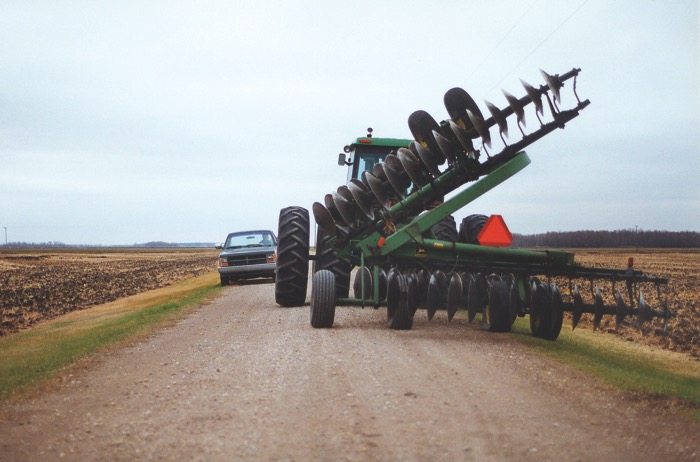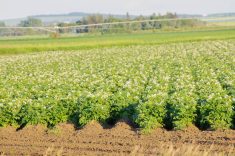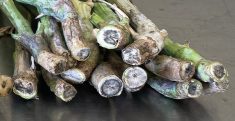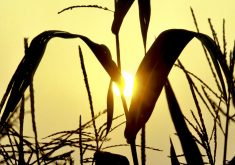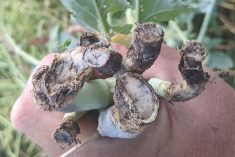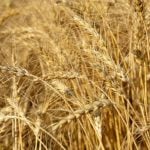Anyone involved in animal agriculture is familiar with bio-security, especially in businesses involving confined livestock like birds (eggs and broilers) and swine. Beef and dairy have in the past few decades moved towards having stronger biosecurity measures in the face of FMD’s (foreign animal diseases) and increasing traceability for livestock movements.
Farm visitors can be expected to adhere to extreme measures such as “shower in, shower out” seen in swine operations to suiting up for entry into bird and research facilities. Often visitors to beef and dairy operations are advised not to enter if they have been a visitor to an FMD area recently.
Read Also

Ten years to study a pesticide?
Health Canada and its Pest Management Regulatory Agency will have taken nine to 10 years to conduct an evaluation of the safety of glufosinate — a herbicide that is already on the market.
Diseases can move from animal to human, and from human to animal as seen with varieties of pig flu and can travel on tires, shoes and equipment.
With the exception of research facilities and seed farms grain, oilseed and forage operations have not seen the same levels of biosecurity — until this past fall when a canola disease appeared in Manitoba for the first time in North America. The Canadian Food Inspection Agency was notified and the farm equipment for that farm, as well as all seeds and other equipment, have been quarantined.
In any kind of outbreak a “zero” location is identified and isolated, a “hot zone” is established with limited access and monitoring zones are set up beyond that. This is the common containment procedure used with livestock outbreaks, and is also being used for soil and cropping outbreaks.
Welcoming guests
How can we, farmers, protect our farms and still be welcoming to visitors who wish to learn about agriculture? By educating them on what we need from them as good guests, and encouraging that ‘good guest’ attitude between farms as well.
A good guest will not bring biological materials from one farm to another. This means clean shoes and clothing, clean vehicles (tires, under carriage, interior), if you are carrying samples keep them secure in your vehicle. Make sure no dirt, manure, seed or other materials transfer from farm to farm. If you are using equipment and hauling it across someone’s land, ensure your equipment is clean first. Respect your neighbours and their land, as you would expect them to respect yours.
As we enter into a new era of biosecurity with diseases travelling long distances we need to consider not only how vulnerable our farms can be but how we can protect them without losing what makes agriculture so great — our love of farming and livestock, our desire and ability to help one another and our commitment to growing and raising safe food. And of course, our duty to educate and advocate for our industry. Biosecurity doesn’t close doors, it just ensures that going through them doesn’t leave anyone vulnerable.

